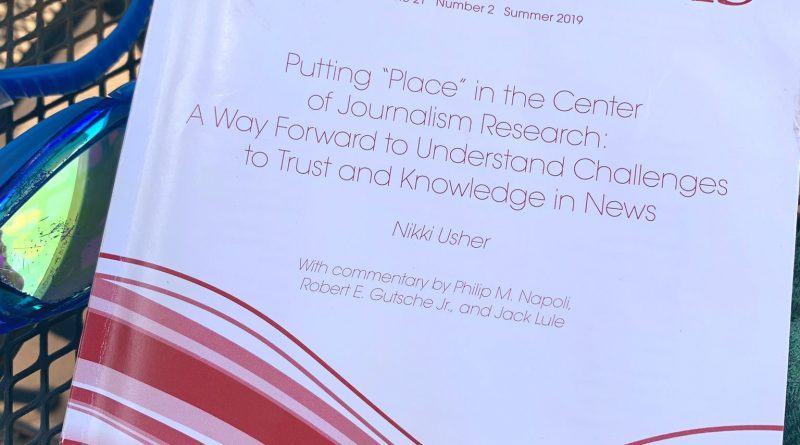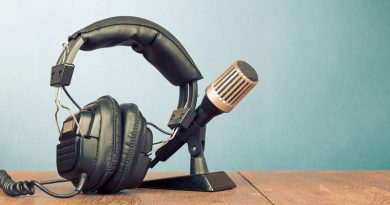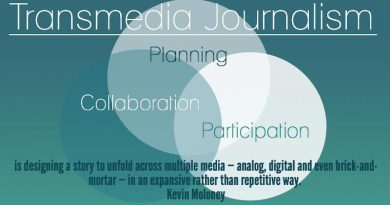Proving the importance of place in student publications
Journalism researcher Nikki Usher has been writing about how vital “place” is in reporting for the last few years. She’s examined where journalists are physically located and how newsrooms are spatially organized. This summer, I dove into her ideas on how journalists’ work can provide a vital sense of place and belonging for audiences that is missing in the media landscape today.
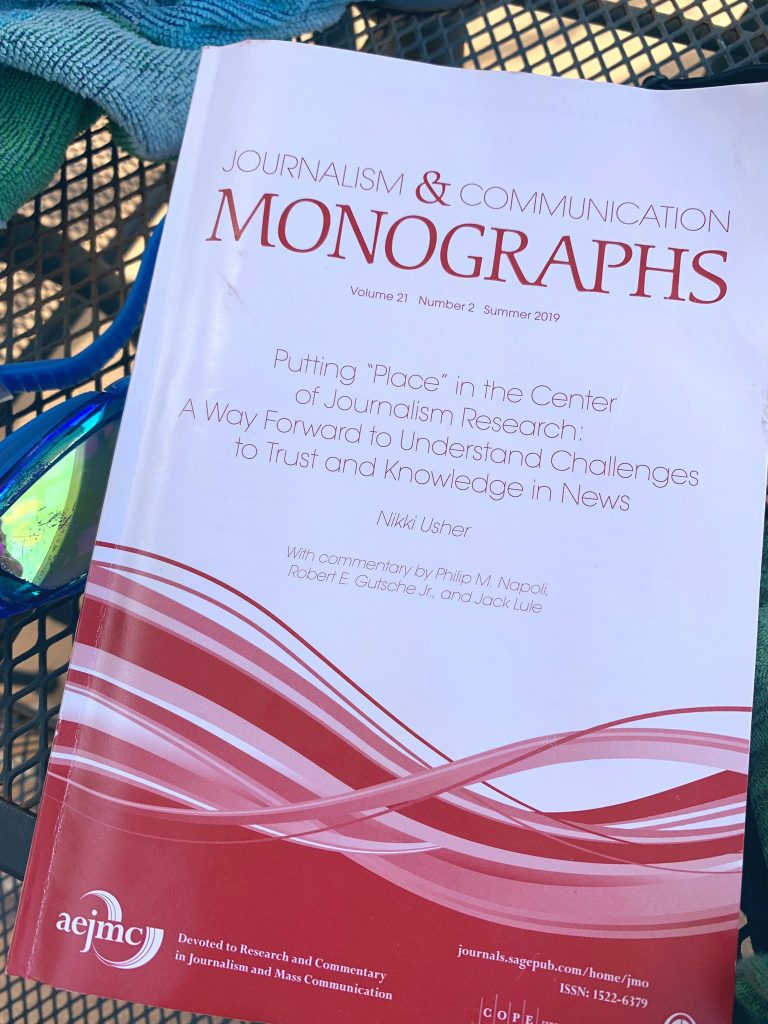
Usher’s insights beg the question of how we should differentiate our craft from the neighbor who streams a news event on Facebook or Instagram. What sets journalists apart and gives them authority when anyone can capture and distribute “the news”?
I think this is where student journalists can shine. Whether at the high school or college level, journalists can be masters of place, particularly when local media organizations can’t or don’t. Student publications are nimble but focused enough to be an authority of a given space, and they have the opportunity to know and cover a location inside and out.
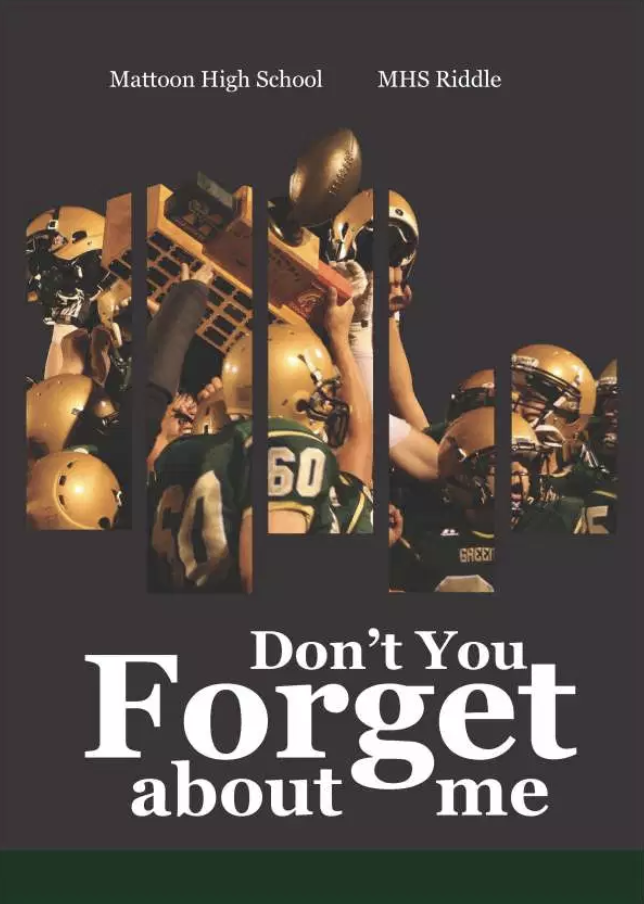
Riddle Yearbook
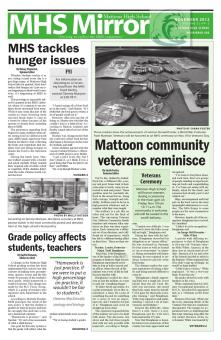
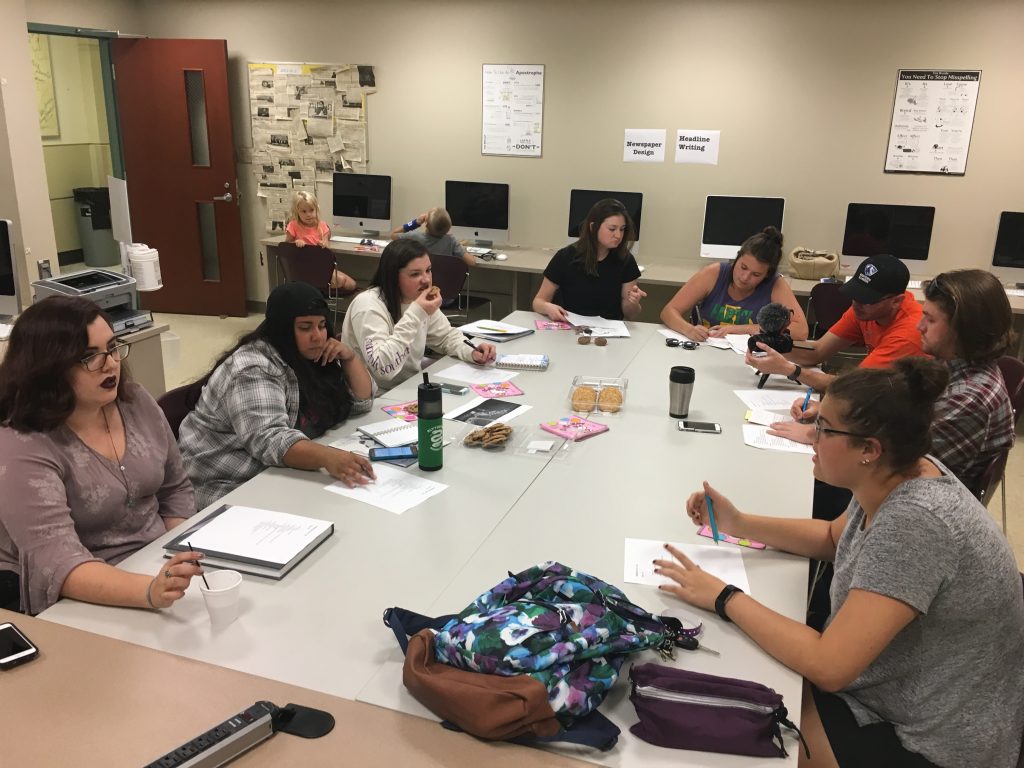
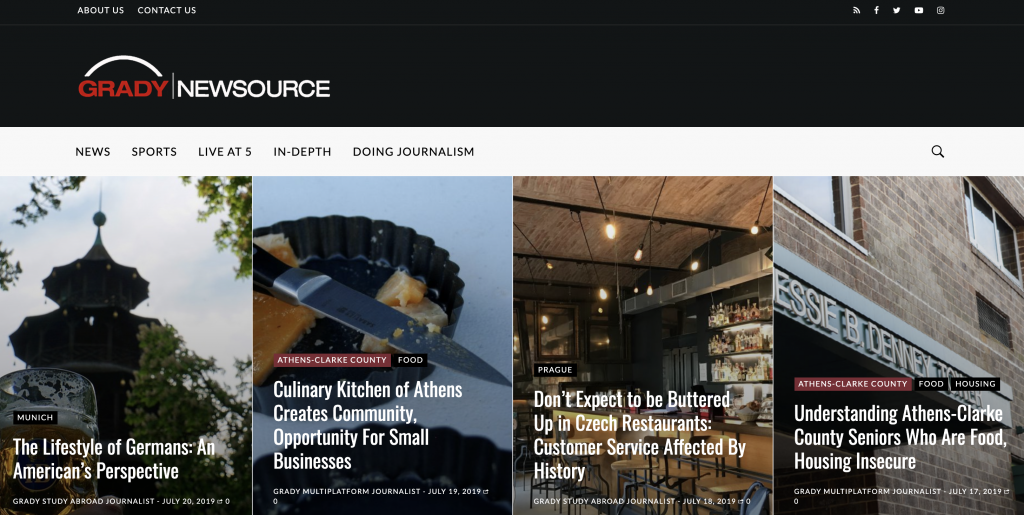
University of Georgia, Grady College of Journalism and Mass Communication
Now that I look back at the publications I have advised, I see that it’s always been about place. The coverage with the biggest impact has been closely linked to a location or a place-related identity—the where. And, as media consumption continues its radical shift from local to national-only, audiences are missing, and perhaps starting to long for, this important component in their news diets.
So, what are ways to be there or gain access to the places that matter for our audiences?
- Use raw video or app-based video editing tools (Splice, Quik, Videolicious) to create reporting quickly from a specific location.
- Gain access to images and video others can’t—behind the scenes or special access—which engages and provides more information than a “citizen journalist” can acquire.
- Help students learn how to develop a personal brand (and therefore trustworthiness) by speaking directly to those in authority and using short audio and video work to document it.
- Live stream when prudent, and interact responsibly with audiences during that stream, if possible.
- Using geotagging functions on social media to show reporters were physically at a location (and observing details) rather than simply reposting content from another source.
- Talk to people and describe places that aren’t normally seen or interacted with in most media. Be in neighborhoods, inside of buildings and on the outskirts of places where others don’t go.
Reporting with the power of place in mind won’t solve all journalism’s challenges, but it does get to the heart of both trust and professionalism for reporters, and practicing place-aware reporting now will only help student journalists as they innovate in new locations tomorrow.

